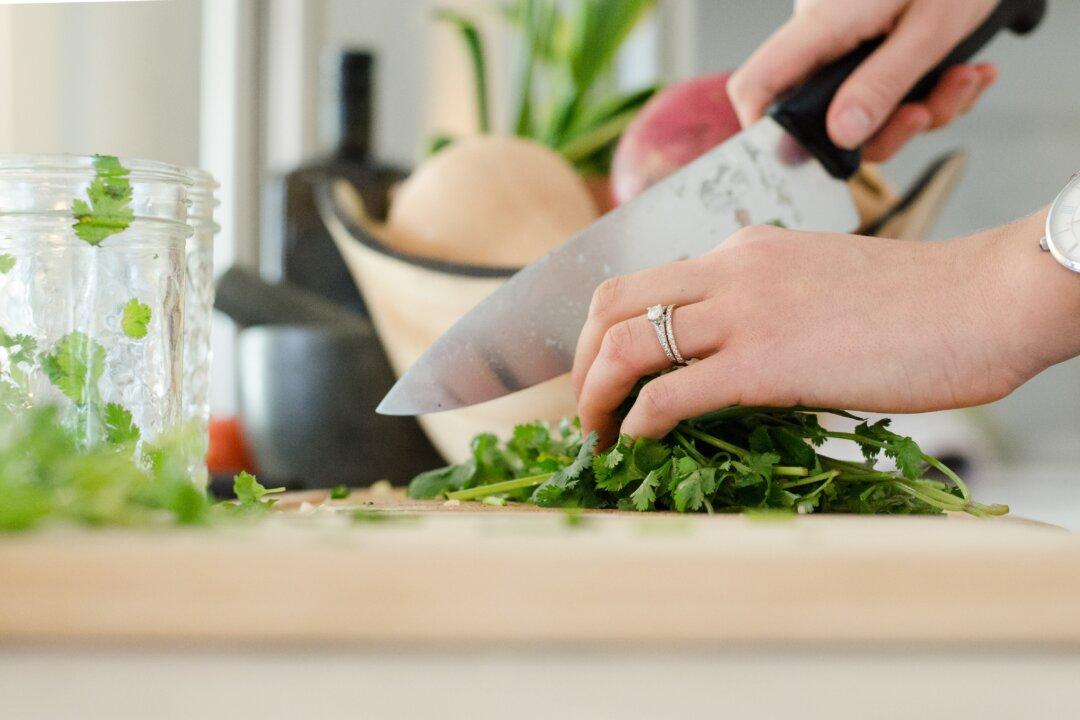Want your children to eat their vegetables? Without a doubt, the best way to get a child to eat a vegetable is to have them grow it. That one-on-one experience is inspiring to see as a child learns about beauty, food, and patience when learning how to grow for themselves.
Having a small kitchen or potager garden—even a garden planted in small containers—can stimulate more vegetable eating. Definitively, a kitchen or potager garden is where fruits, herbs, and vegetables are grown for use in cooking and eating. Growing your own vegetables integrates exercise, fresh air, sunshine, therapeutic scents, and direct contact with soil.





